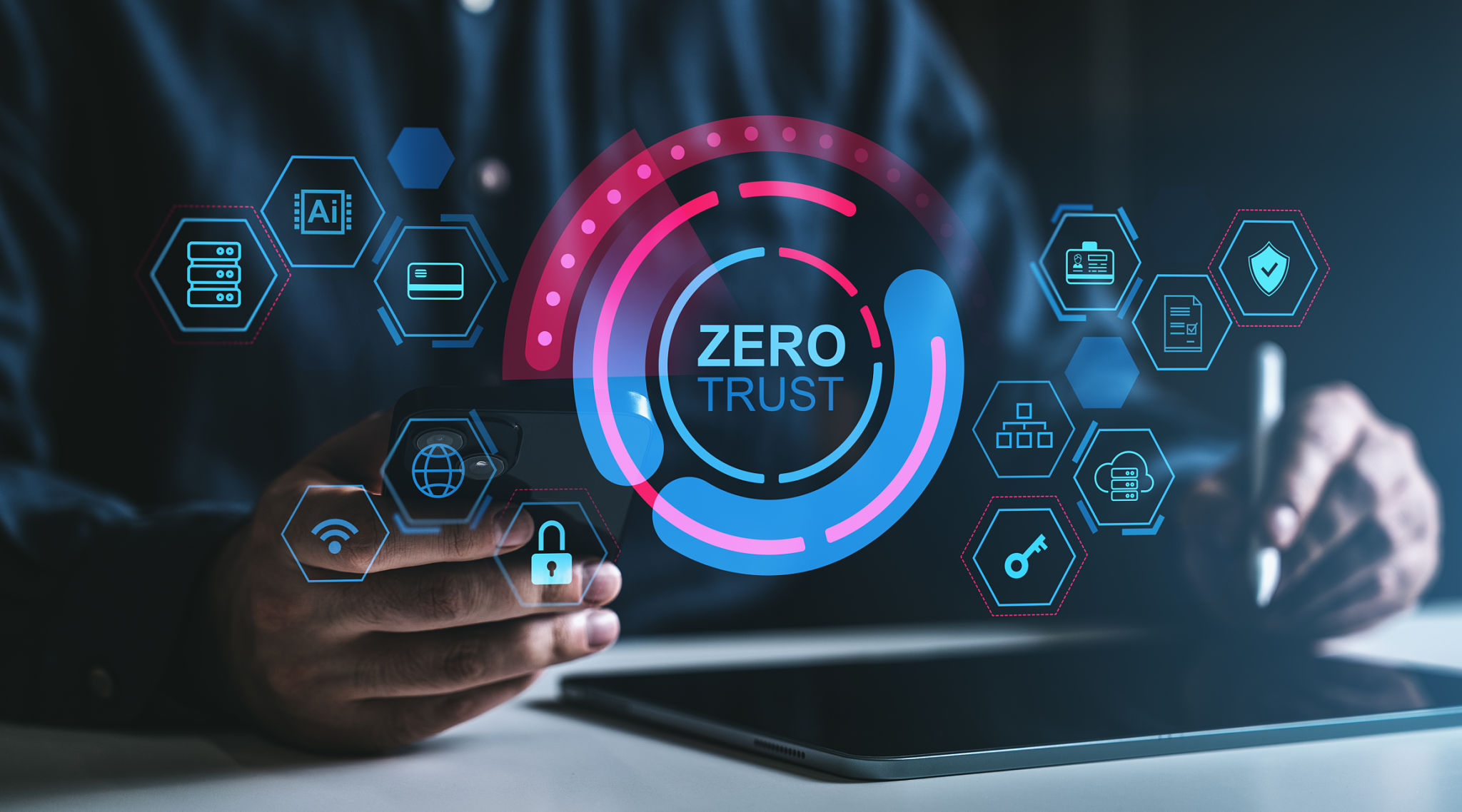Emerging Trends in Cyber Security: What Your Business Needs to Know
Understanding the Evolving Cyber Threat Landscape
As businesses become increasingly reliant on digital technologies, the cyber threat landscape is evolving at an unprecedented pace. This evolution is driven by both the sophistication of cybercriminals and the rapid integration of new technologies within business operations. It's crucial for businesses to stay informed about these changes to effectively safeguard their digital assets.
One of the most significant shifts in recent years is the move towards more targeted attacks. Cybercriminals are investing more time in understanding specific industries and companies to exploit vulnerabilities. This makes it imperative for businesses to adopt a proactive approach to cyber security, focusing on both prevention and rapid response.

The Rise of Artificial Intelligence in Cyber Security
Artificial Intelligence (AI) is transforming the cyber security landscape by providing advanced tools for threat detection and response. AI's ability to analyze vast amounts of data quickly and accurately allows it to identify anomalies that might indicate a security breach. This capability is becoming essential as the volume of data businesses handle continues to grow.
AI-driven solutions can help automate routine security tasks, freeing up human resources for more complex problem-solving. However, it's important to note that while AI enhances security measures, it also introduces new risks, as cybercriminals are beginning to use AI to develop more sophisticated attack strategies.
Implementing Zero Trust Architecture
The Zero Trust model is gaining traction as a robust approach to cyber security. Unlike traditional models that rely on perimeter defenses, Zero Trust operates on the principle that threats can originate both outside and inside the network. It requires strict identity verification for every person and device trying to access resources on a network.

This approach minimizes the risk of data breaches by ensuring that users and devices are continuously authenticated and validated. Implementing Zero Trust requires a cultural shift within organizations, emphasizing the importance of comprehensive security measures at every access point.
The Importance of Cyber Security Education and Training
Despite technological advancements, human error remains one of the leading causes of security breaches. Investing in cyber security education and training for employees is critical. By fostering a culture of security awareness, businesses can significantly reduce the likelihood of successful attacks.
- Regularly update training programs to address new threats.
- Encourage reporting of suspicious activities without fear of repercussions.
- Conduct simulated phishing attacks to test employee readiness.
Embracing Cloud Security Solutions
As more businesses migrate to cloud-based solutions, ensuring cloud security has become paramount. Cloud providers are continually improving their security offerings, but businesses must also take responsibility for securing their data in the cloud. This includes configuring cloud services properly and conducting regular security audits.

The shared responsibility model highlights that while cloud providers manage the infrastructure, businesses are responsible for securing their data and applications. Leveraging advanced encryption methods and access controls can help protect sensitive information stored in the cloud.
Conclusion: Staying Ahead of Cyber Threats
In an era where cyber threats are constantly evolving, staying informed about emerging trends in cyber security is essential for businesses aiming to protect their digital assets. By adopting advanced technologies like AI, implementing strategies such as Zero Trust, and prioritizing employee education, companies can build a robust defense against potential cyber threats.
Ultimately, the key to effective cyber security lies in vigilance, adaptability, and a proactive approach. As the digital landscape continues to change, businesses must remain agile and committed to evolving their security practices accordingly.
